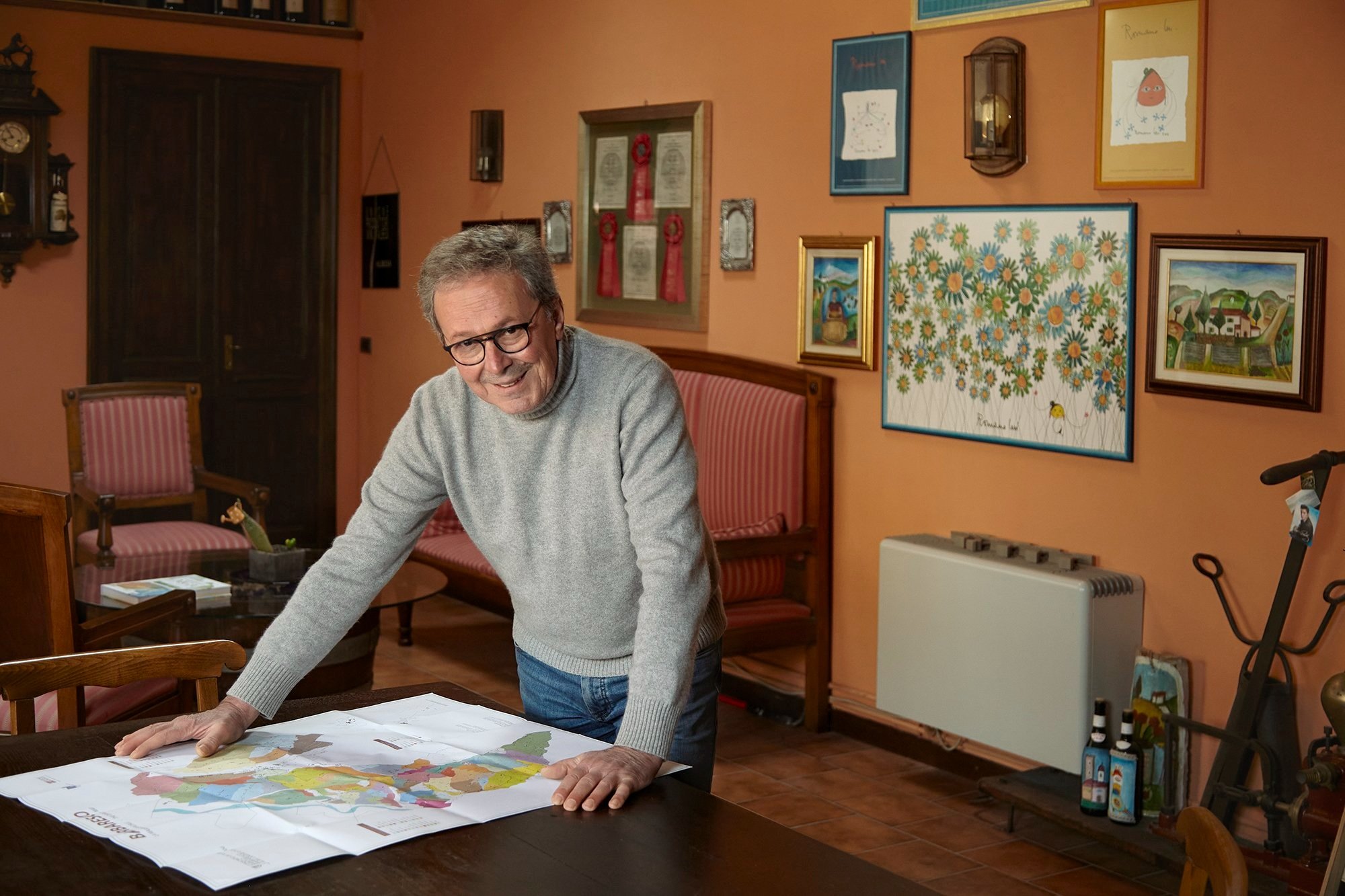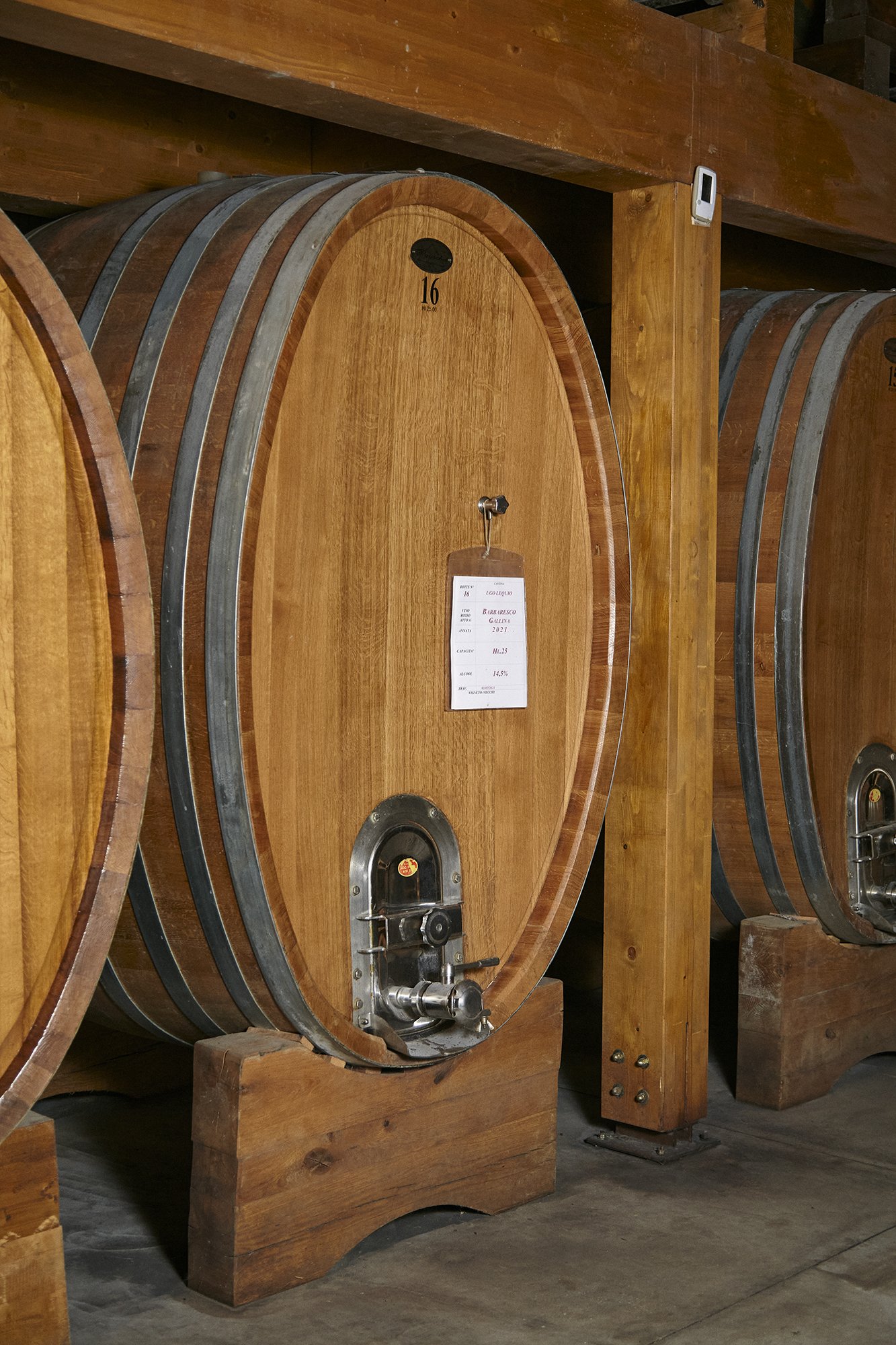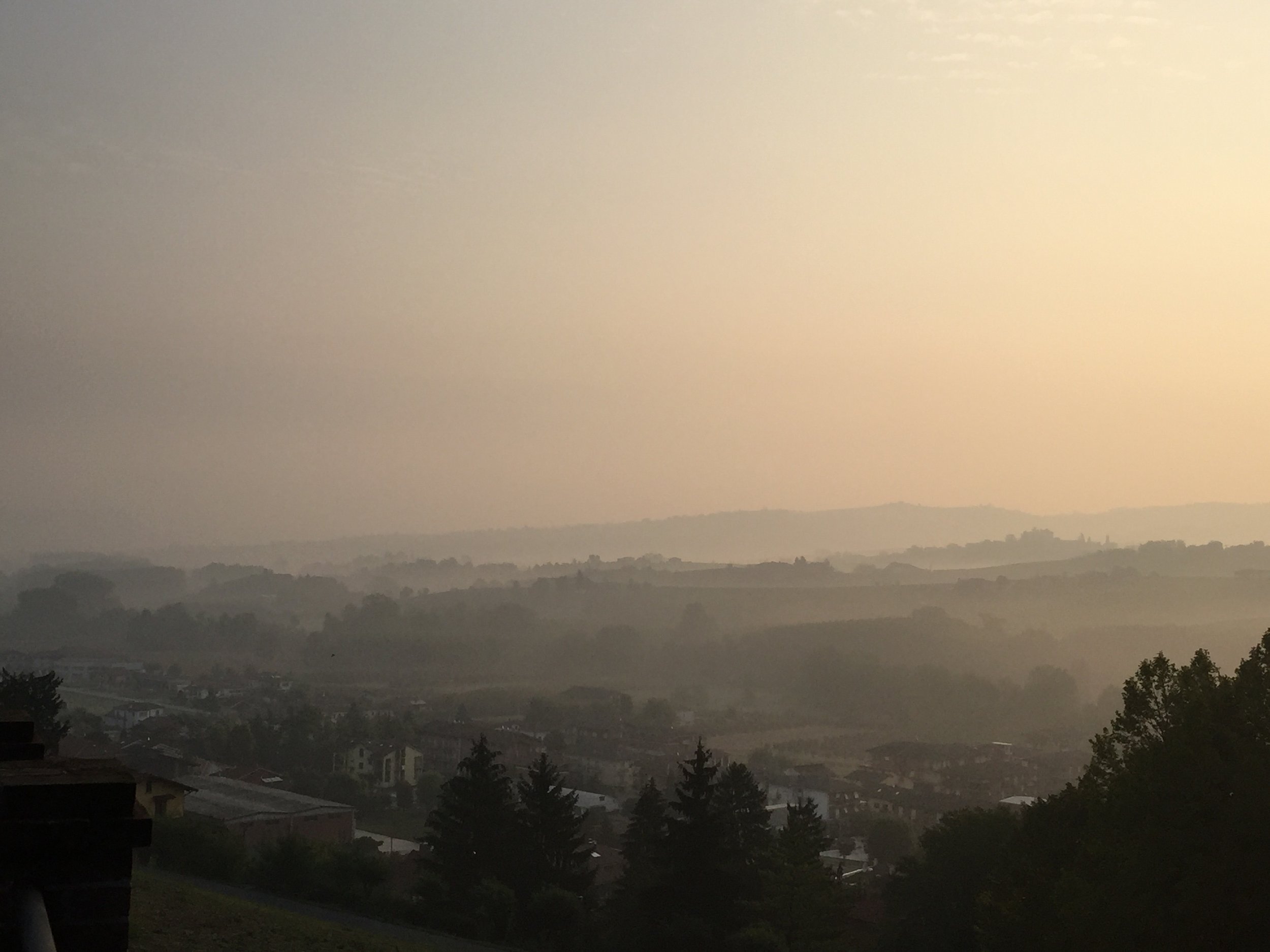Giuseppe Cortese - Elegance in Rabajà
/Giuseppe Cortese Rabajà
IMG_0052
Giusepps Cortese as far as I can remember has always had a good name. It has been recently that I have been taking more notice to the exceptional quality and dangerous drinkability of these wines. On several occasions both the judging panel and I have been completely wowed by how amazing these wines are showing.
The story goes that from the mid 1800’s the Cortese family has been farming the land in the vineyard Rabajà growing grapes to sell off to other wine producers. During that time they did not have the means to make wine themselves. It was in 1971 when Giuseppe decided to produce wine himself from his high quality grapes. The winery is run today by Giuseppe’s children Pier Carlo, Tiziana, and the gentleman I see quite often Gabriele, but it turns out you sometimes will still find Giuseppe working in the vineyards.
The vineyard Rabajà is located right in the heart of Barbaresco, with it’s calcareous soil and south western exposure is a great place for the difficult Nebbiolo grape too grow. There are a few key producers who have holdings in this wonderful vineyard and we will talk about those later on.
unnamed copy 2
The most recent wine that I have tasted was the Barbaresco Riserva Rabajà 2008. Their reserva’s go above and beyond the minimal ageing requirements for Barbaresco Riserva. They age their reserva’s for 3 years and 3 months in barrel and then another 3 years minimum in bottle. So when the wine is released it is almost ready to be consumed. Nebbiolo likes about 3 to 5 years in bottle before consumption. This 2008 was showing amazingly, I really enjoy the friendliness of the 2008 vintage. It has a sweet tannin and great fruit, fresh red berries, sweet tobacco, and some candied orange peel. The finish was long and the tannins were just lovely. When a Nebbiolo wine shows like this for me it is my favorite, it’s like heaven.
A few months before now I went to have an aperitivo with a good friend and we just so happened to see a bottle of their 2004 Barbaresco Riserva Rabajà and we said, why not? I can tell you that bottle between the two of us did not last too long. I might be sounding a bit like a lush but when a wine is really good even for the people who don’t like to drink too much, it drinks quite quickly. It was a complete painting of how the 2004 vintage turned out. How the vineyards basked in the perfect weather conditions the slight breeze on a foggy morning in the autum, all of this was present in the glass. Sweet tobacco, violets, and autumn undergrowth.








